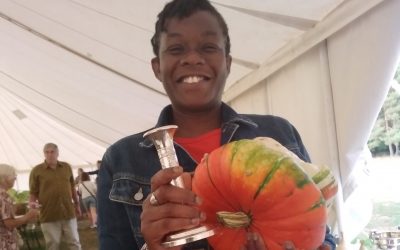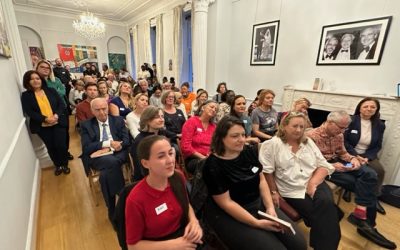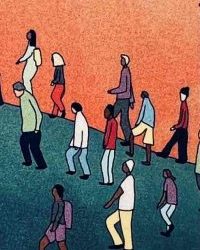TGIUK has been celebrating Christmas in the UK, sharing pictures of Christmas food and Christmas lights on Instagram: See; https://www.instagram.com/explore/tags/tgiuk/
Die Tweede Nuwe Jaar
(2nd New Year)
One of the things I miss most about my hometown of Cape Town, is the fairly unique event of ‘Tweede Nuwe Jaar’, a cultural event specifically allocated to the so called ‘coloureds’, a minority group whose origins stems from the slave trade from former colonial masters and the Cape Trade route.
There is only one other Carnival equalling it and that is the Rio Carnival, for garishness, pomp and ceremony and an utter revelling in the joy of the moment. One looks forward to “tweede Nuwe Jaar’ with utter aniticipation, trying to recognize and identify old troupes, the excitement on new troups and just the joy of being part of something that is culturally so entrenched in the Cape life cycle.
Please find attached this background piece which I thought absolutely describes the event much better than I could every do. Read it and enjoy. Source: http://www.capetownmagazine.com/kaapse-klopse and with embellishments and photos.
The Kaapse Klopse
A look into the colourful, cultural Cape Town Klopse and Minstrel Carnival
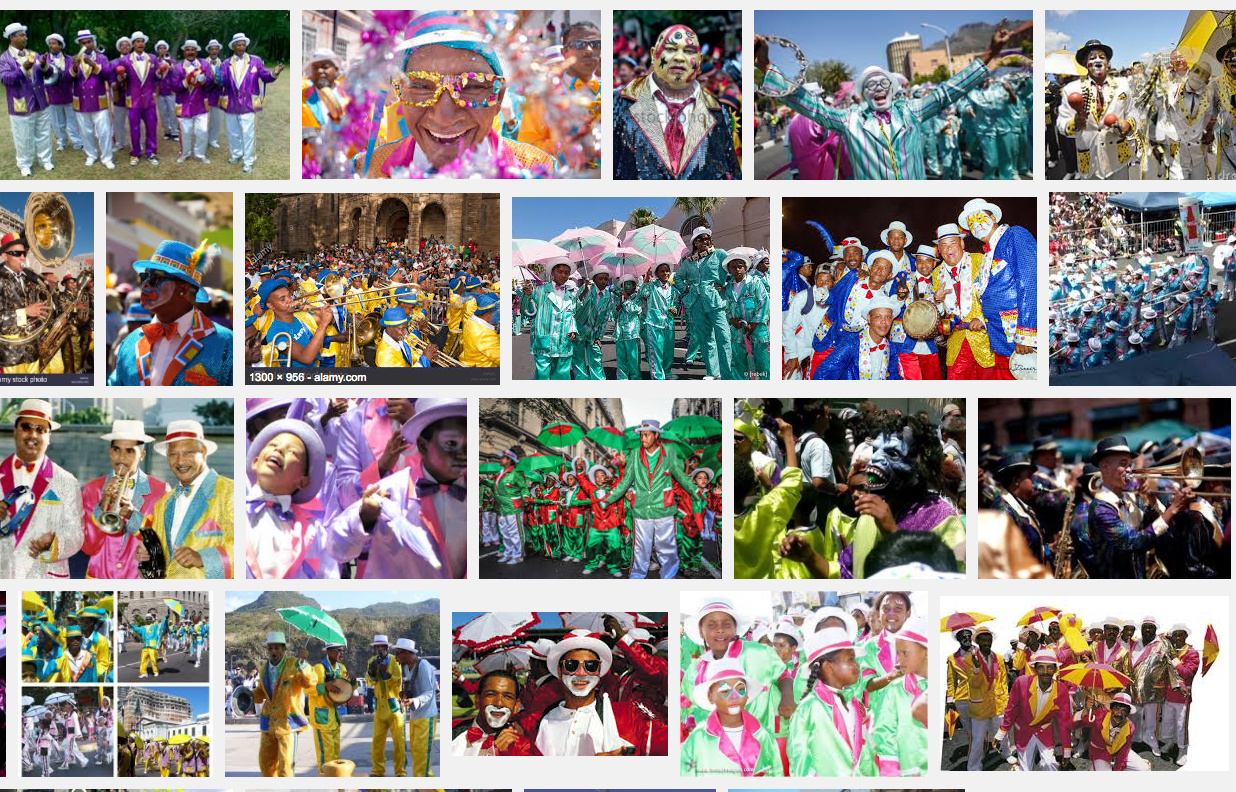
On par with the magnetic vibrancy of Brazil’s Rio Carnival, the Kaapse Klopse, a spirited cultural music and dance celebration, explodes onto the Mother City’s streets in a flurry of colour, song, drumbeats and movement every year in the first week of January
The animated annual New Year’s festival, officially known in English as the Cape Town Minstrel Carnival, invites the public to watch as thousands of members of the Cape coloured community (some black individuals take part too), divided into several well-rehearsed minstrel troupes, ma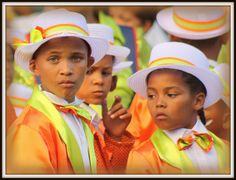 rch through the city’s roads from Zonnebloem to the Bo-Kaap, dressed in gaudy, glittery uniforms; donning face paint, hats and parasols; strumming on banjos; blowing on trumpets; and performing their signature ghoema musical style.
rch through the city’s roads from Zonnebloem to the Bo-Kaap, dressed in gaudy, glittery uniforms; donning face paint, hats and parasols; strumming on banjos; blowing on trumpets; and performing their signature ghoema musical style.
“For spectators, it’s like watching 50 or 60 shows go past you,” Kevin Momberg, CEO of the Cape Town Minstrels Carnival Association, explains, highlighting why the lively procession has become so popular with the masses.
But this arresting one-day street parade, commonly called Tweede Nuwe Jaar (Second New Year) for obvious reasons, and the distinctive backbeat that goes with it, is only one aspect of the broader carnival. What many Capetonians and foreigners don’t realise is that after the open-air celebrations subside, the festivities continue in the form of a major competition that runs every Saturday until mid-February at the Athlone Stadium in the Cape Flats (where most of the participants are from).
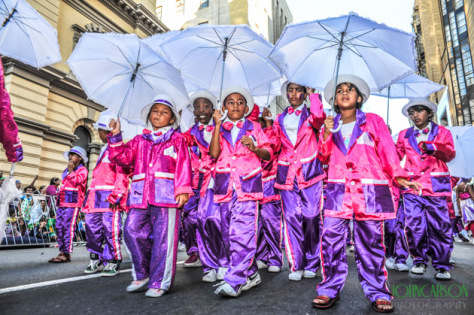 The lengthy, structured contest sees the various minstrel clubs – there are now over 40, some with more than 1000 members, each of which is identified by a unique colour scheme – compete in a wide range of different categories (best dressed team, best band, combined chorus, male solo, drum major, minstrel song and many more) for trophies, pride and the winning title. While it holds a big entertainment factor for the public, the championship is, in fact, taken very seriously by the troupes, who start practicing their melodies and repertoires many months in advance.
The lengthy, structured contest sees the various minstrel clubs – there are now over 40, some with more than 1000 members, each of which is identified by a unique colour scheme – compete in a wide range of different categories (best dressed team, best band, combined chorus, male solo, drum major, minstrel song and many more) for trophies, pride and the winning title. While it holds a big entertainment factor for the public, the championship is, in fact, taken very seriously by the troupes, who start practicing their melodies and repertoires many months in advance.
Though, the carnival is certainly not all about the here and now. While it’s a developing current custom that grips club participants in modern times, the Kaapse Klopse is, in fact, steeped in rich history – one that’s unfortunately been quite poorly documented.
The colourful history of the Kaapse Klopse
“Some of it is hearsay, some of it is folklore, some of it is even imaginary,” says Kevin, in reference to the many colourful stories that have circulated around the festival’s heritage.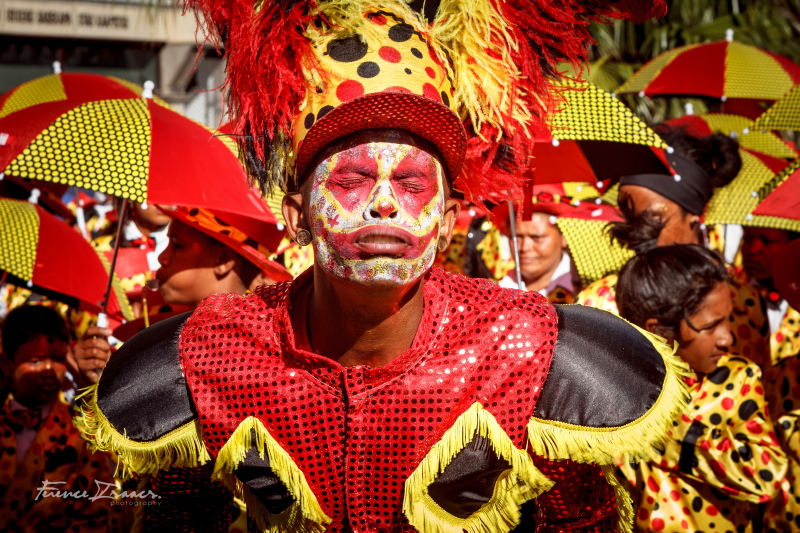
What is well established, though, is that the Tweede Nuwe Jaar street party has origins that reach back into the colonial era when slavery was rife. Local slaves – the ancestors of many of today’s Cape Minstrels – had only one day a year when they would dare to relax and let loose: 2 January, when their masters were sleeping off the debauchery of New Year’s parties the day before. Hence, this date took on great significance as an opportunity for revelry and wild self-expression, and was always marked with vibrant song and dance out in the streets.
When these servants were finally emancipated in the 1830s, their lively freedom-focused festivities were, apparently, incorporated into their customary 2 January celebrations to make for one whopping jubilee centred on liberation, renewal and frivolous fun. Of course, as New Year – a reason to rejoice in any culture – fell around this time, it became a central part of the merriment too.
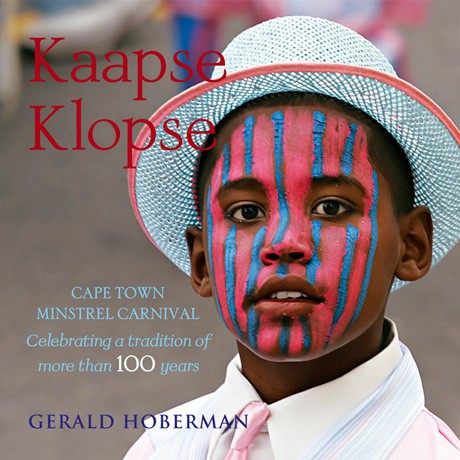
It seems that the competitions – the first official one was held in 1907 – then evolved organically as troupes gradually became more structured and organised, and more eager to show off their abilities and pit their displays against those of other teams.
As for the specific style of music and performance that developed, it’s been suggested that the Cape coloureds were influenced by groups of black American minstrels that arrived in the Mother City on ships like the Alabama (hence the famed Malay song ‘Daar Kom Die Alibama’ [There Comes the Alabama]). Not only did the locals latch onto the interesting body art of these energetic musicians, who painted their faces black and white, but they also incorporated elements of the foreigners’ upbeat melodies into their own musical mix – already a blend of African, European and Asian influences – to create the uniquely Capetonian sound of ghoema, as it’s known today.
Interestingly, it’s also likely that the term Coon Carnival, as the Kaapse Klopse was known for years before the name was officially changed to avoid offending people, comes from these visiting performers whose face paint made them look like racoons.
As history plays such an important role, today, the carnival is as much about raucous revelry and entertainment as it is about preserving an age-old custom.
“Tradition is the bottom line – that’s what it’s all about,” says Kevin firmly. “It goes on today because of tradition, and it will go on for the next 100 years because of this too.”
It’s for this reason that the Cape Town Minstrel Carnival remains predominantly associated with the coloured community. While the clubs do welcome those of other races and cultures, for most members, the parade and competition is simply something that’s in their blood – a ritual they learnt from their parents and will pass on to their own children in time.
No doubt then, the Kaapse Klopse troupes’ captivating zest for life and infectious energy will continue to delight residents and tourists alike well into the distant future.
Where to watch the Cape Minstrels perform
Tweede Nuwe Jaar, the colourful street parade that takes place all day on 2 January every year, is the easiest (and most cost-effective) way to catch the Cape Minstrels in action. The troupes march from Keizersgracht Street in Zonnebloem, through Darling and Adderley streets, up Wale Street and into Rose Street in the historic Bo-Kaap, where the parade comes to an end; anyone is invited to line these avenues and take in the festival for FREE. Annually, hundreds of thousands of spectators stand along the 7-km route, some even sleeping there the night before to get a good spot, so the atmosphere is always.
On par with the magnetic vibrancy of Brazil’s Rio Carnival, the Kaapse Klopse, a spirited cultural music and dance celebration, explodes onto the Mother City’s streets in a flurry of colour, song, drumbeats and movement every year in the first week of January
The animated annual New Year’s festival, officially known in English as the Cape Town Minstrel Carnival, invites the public to watch as thousands of members of the Cape coloured community (some black individuals take part too), divided into several well-rehearsed minstrel troupes, march through the city’s roads from Zonnebloem to the Bo-Kaap, dressed in gaudy, glittery uniforms; donning face paint, hats and parasols; strumming on banjos; blowing on trumpets; and performing their signature ghoema musical style.
“For spectators, it’s like watching 50 or 60 shows go past you,” Kevin Momberg, CEO of the Cape Town Minstrels Carnival Association, explains, highlighting why the lively procession has become so popular with the masses.
But this arresting one-day street parade, commonly called Tweede Nuwe Jaar (Second New Year) for obvious reasons, and the distinctive backbeat that goes with it, is only one aspect of the broader carnival. What many Capetonians and foreigners don’t realise is that after the open-air celebrations subside, the festivities continue in the form of a major competition that runs every Saturday until mid-February at the Athlone Stadium in the Cape Flats (where most of the participants are from).
The lengthy, structured contest sees the various minstrel clubs – there are now over 40, some with more than 1000 members, each of which is identified by a unique colour scheme – compete in a wide range of different categories (best dressed team, best band, combined chorus, male solo, drum major, minstrel song and many more) for trophies, pride and the winning title. While it holds a big entertainment factor for the public, the championship is, in fact, taken very seriously by the troupes, who start practicing their melodies and repertoires many months in advance.
Though, the carnival is certainly not all about the here and now. While it’s a developing current custom that grips club participants in modern times, the Kaapse Klopse is, in fact, steeped in rich history – one that’s unfortunately been quite poorly documented.
Yakov Ben Avraham – Wishing everyone a prosperous, healthy and promising New Year for 2017


